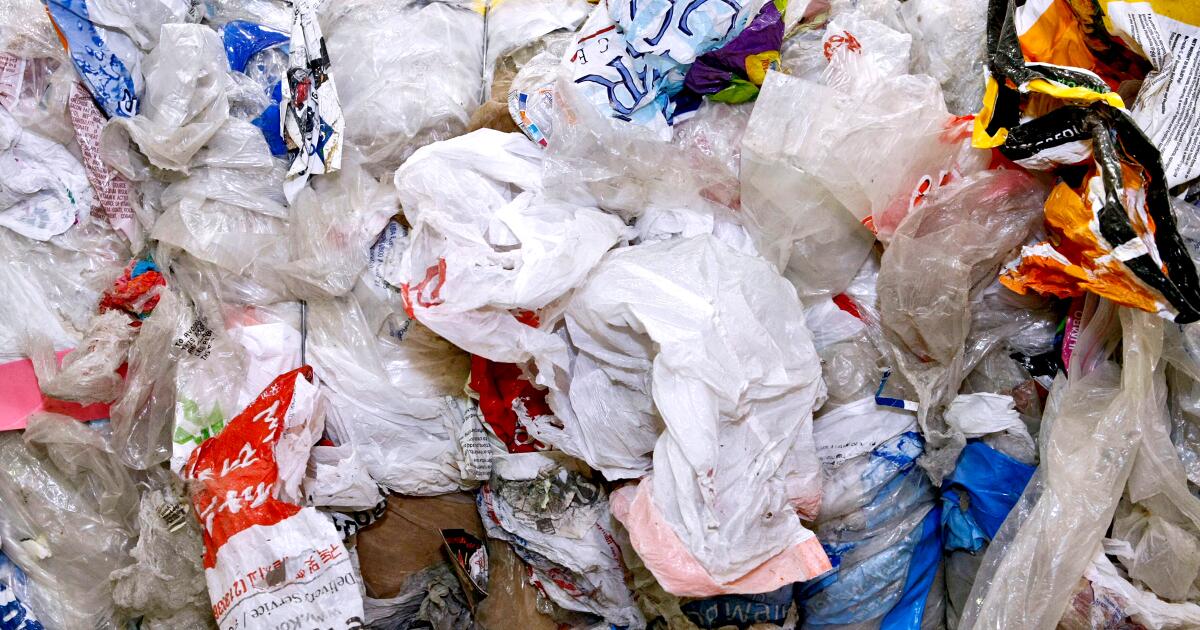- cross-posted to:
- environment@lemmy.world
- cross-posted to:
- environment@lemmy.world
It was a decade ago when California became the first state in the nation to ban single-use plastic bags, ushering in a wave of anti-plastic legislation from coast to coast.
But in the years after California seemingly kicked its plastic grocery sack habit, material recovery facilities and environmental activists noticed a peculiar trend: Plastic bag waste by weight was increasing to unprecedented levels.
According to a report by the consumer advocacy group CALPIRG, 157,385 tons of plastic bag waste was discarded in California the year the law was passed. By 2022, however, the tonnage of discarded plastic bags had skyrocketed to 231,072 — a 47% jump. Even accounting for an increase in population, the number rose from 4.08 tons per 1,000 people in 2014 to 5.89 tons per 1,000 people in 2022.
The problem, it turns out, was a section of the law that allowed grocery stores and large retailers to provide thicker, heavier-weight plastic bags to customers for the price of a dime.



I think the gig economy and the pandemic both had a hand in this as well. The pandemic set things up for curbside pickup and increased the number of people using things like Instacart, and a lot of people who switched to that have stayed on them. But both curbside pickup and Instacart-style services need a convenient way for the collector of goods to get that stuff to the purchaser, so they’re going to buy bags for their deliveree. And the deliveree is going to end up with stacks and stacks of reusable bags that they’re never going to reuse (because they order pickup or delivery). They try to donate them but a lot of places don’t take them, so they end up in the trash.